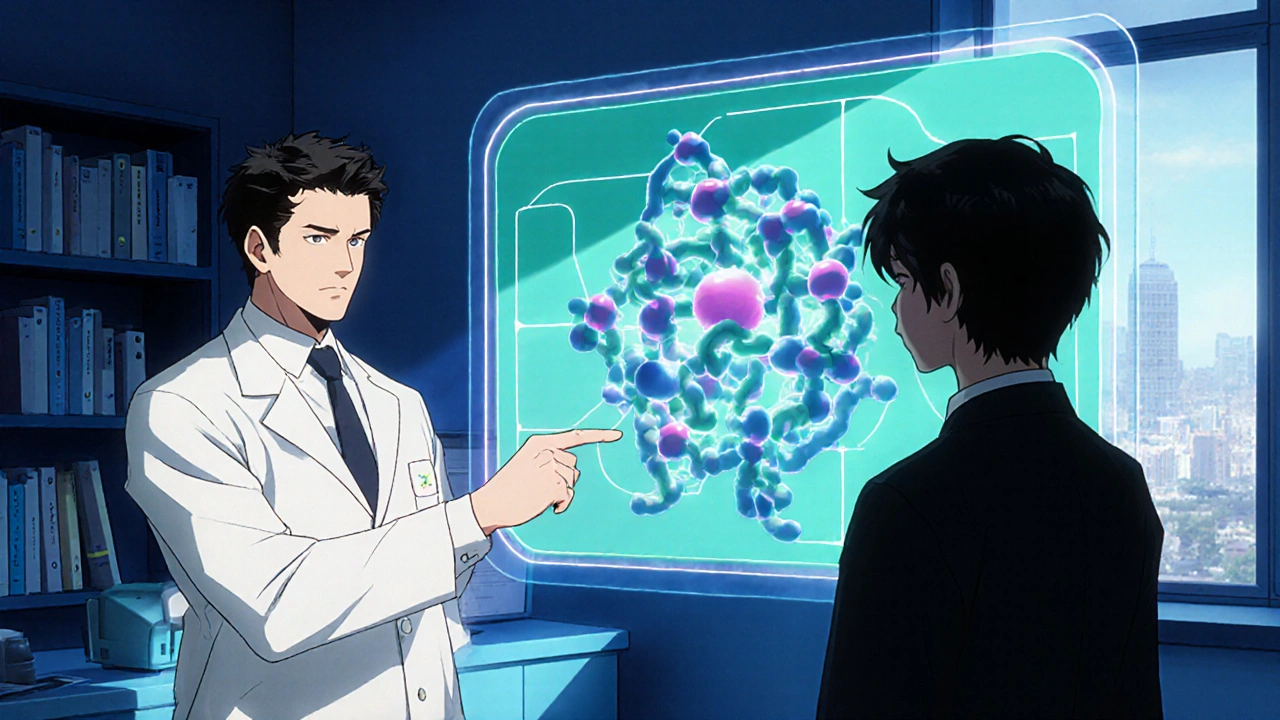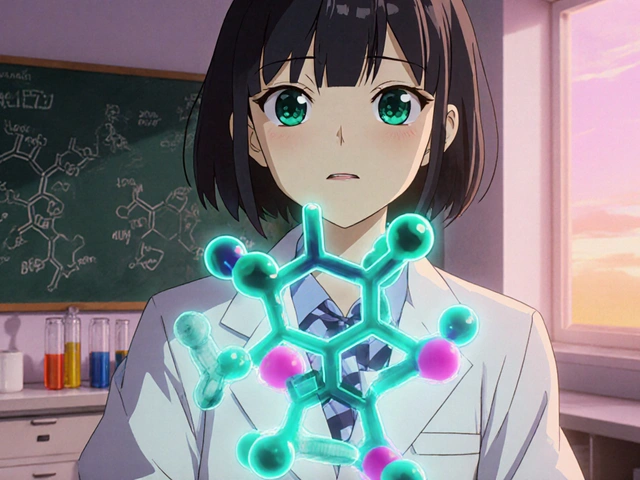Chronic Myeloid Leukemia: Definition, Causes, and Treatment Landscape
When exploring chronic myeloid leukemia, a blood cancer that originates from the myeloid line of cells and typically progresses slowly. Also known as CML, it accounts for about 15% of adult leukemias and mostly affects people between 45 and 65 years old. The disease begins with an overproduction of immature white blood cells in the bone marrow, leading to symptoms such as fatigue, weight loss, night sweats, and an enlarged spleen. Because the condition often stays unnoticed for months, early detection relies on routine blood tests that reveal an abnormal rise in white blood cell count. Understanding the biology behind CML is the first step toward effective management and better outcomes.
The hallmark of CML is the BCR-ABL1 fusion gene, created when parts of chromosomes 9 and 22 swap places—a rearrangement popularly called the Philadelphia chromosome. This fusion gene produces an abnormal protein with constant tyrosine‑kinase activity, which drives uncontrolled cell growth. Targeting that protein is the core strategy of modern therapy. Enter tyrosine kinase inhibitors (TKIs) such as imatinib, dasatinib, and nilotinib; they bind to the BCR‑ABL1 enzyme, halt its signaling, and can push the disease into a deep, long‑lasting remission. For patients who develop resistance or have high‑risk disease features, an allogeneic stem cell transplant remains a curative option, replacing the faulty marrow with healthy donor cells. Each of these entities—BCR‑ABL1, the Philadelphia chromosome, TKIs, and stem cell transplant—forms a linked chain: the genetic abnormality creates a drug target, which leads to targeted medication, and when that fails, a transplant offers a potential cure.
Managing CML today means regular molecular monitoring, usually by measuring BCR‑ABL1 transcript levels in the blood. When levels stay low, patients can often stay on oral TKIs with minimal side effects, maintaining a near‑normal quality of life. Lifestyle factors like balanced nutrition, regular exercise, and avoiding tobacco support overall health and may reduce infection risks during therapy. Researchers are now exploring next‑generation TKIs, combination approaches, and immunotherapies to overcome resistance and eradicate residual disease. Below you’ll find a curated set of articles that dive deeper into each of these topics—from the science behind the Philadelphia chromosome to practical guidance on choosing the right TKI and preparing for stem cell transplant—giving you a clear map of the CML treatment journey.
Imatinib dose optimization: Boosting treatment success
By Lindsey Smith On 21 Oct, 2025 Comments (2)

Learn how to fine‑tune Imatinib dosing, use therapeutic drug monitoring, and avoid common pitfalls to improve chronic myeloid leukemia outcomes.
View More




